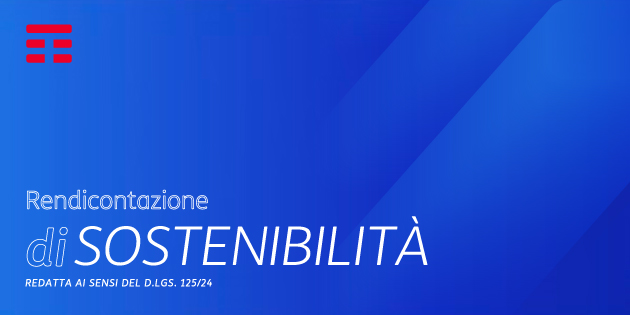Open RAN è la tecnologia Open Radio Access Network che permette di realizzare reti mobili di nuova generazione aumentandone le performance e la flessibilità dei servizi offerti.
Si tratta di una delle più importanti evoluzioni della rete di accesso mobile, su cui si sta lavorando attualmente a livello internazionale.
Grazie allo sviluppo di soluzioni Open RAN, vengono definiti nuovi standard che rendono indipendenti lo sviluppo di antenne e componenti hardware e software della rete di accesso radio, in modo da permettere a diversi player industriali di offrire soluzioni interoperabili con quelle di altri operatori. Si favorisce così la crescita di un ecosistema industriale più ampio e variegato e si aprono le porte a startup e altre realtà innovative, riducendo i tempi di sviluppo di nuovi servizi per clienti e imprese.
Questa iniziativa è promossa e guidata dalla Open RAN Alliance, il gruppo internazionale che da febbraio 2018 riunisce alcuni tra i principali operatori di telecomunicazioni tra cui anche TIM. L’obiettivo è quello di sviluppare infrastrutture radiomobili che siano dotate di interfacce aperte, agevolando così la collaborazione tra diversi attori.
Tra le tecnologie al centro di questa evoluzione c’è il 5G, che insieme al Cloud e all’Edge Computing renderà possibile la diffusione capillare di servizi digitali sempre più sicuri ed evoluti, per le persone, le imprese e la Pubblica Amministrazione, come quelli legati alle nuove soluzioni per l’Industry 4.0, alla smart city e all’autonomous driving.



